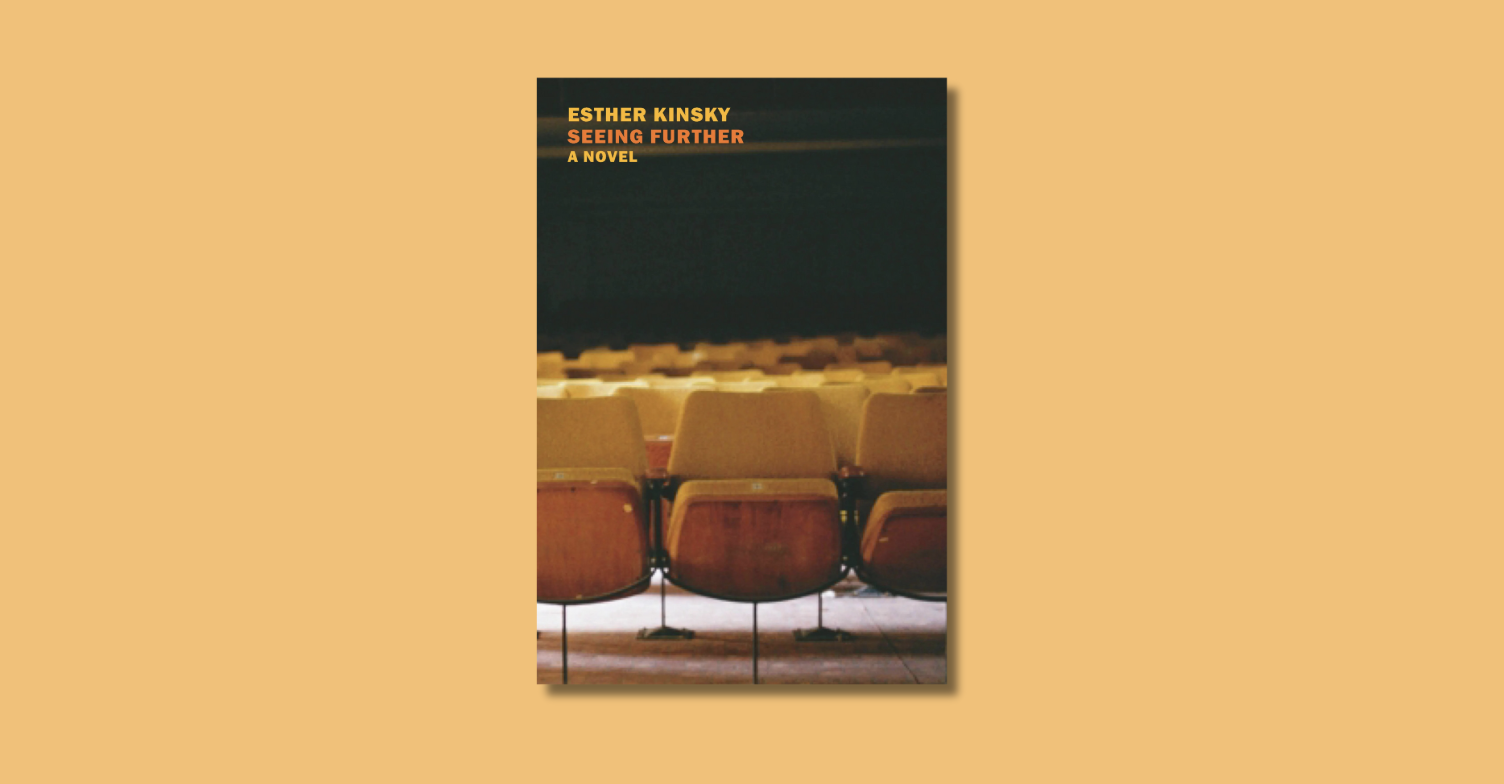 Guardian literary editor Robert McCrum has compiled an odd and rather subjective book list, collecting what he describes as “books that still speak volumes about the time in which they were written.” The list contains some obvious entries – we are taught in school that Nineteen Eighty-Four was not just a dystopian fantasy but a stark portrayal of the time’s prevailing years as well as some less well known (to me at least) selections like 1967’s The Naked Ape by Desmond Morris. But the list falls apart somewhat as it approaches the present day with McCrum anointing some of the last decade’s blockbuster bestsellers – Bridget Jones’s Diary, the first Harry Potter, and The Da Vinci Code – and falling prey to the notion that the deluge of press these books have received will amount to something in the eyes of future historians looking to view our time through the lens of literature.
Guardian literary editor Robert McCrum has compiled an odd and rather subjective book list, collecting what he describes as “books that still speak volumes about the time in which they were written.” The list contains some obvious entries – we are taught in school that Nineteen Eighty-Four was not just a dystopian fantasy but a stark portrayal of the time’s prevailing years as well as some less well known (to me at least) selections like 1967’s The Naked Ape by Desmond Morris. But the list falls apart somewhat as it approaches the present day with McCrum anointing some of the last decade’s blockbuster bestsellers – Bridget Jones’s Diary, the first Harry Potter, and The Da Vinci Code – and falling prey to the notion that the deluge of press these books have received will amount to something in the eyes of future historians looking to view our time through the lens of literature.








